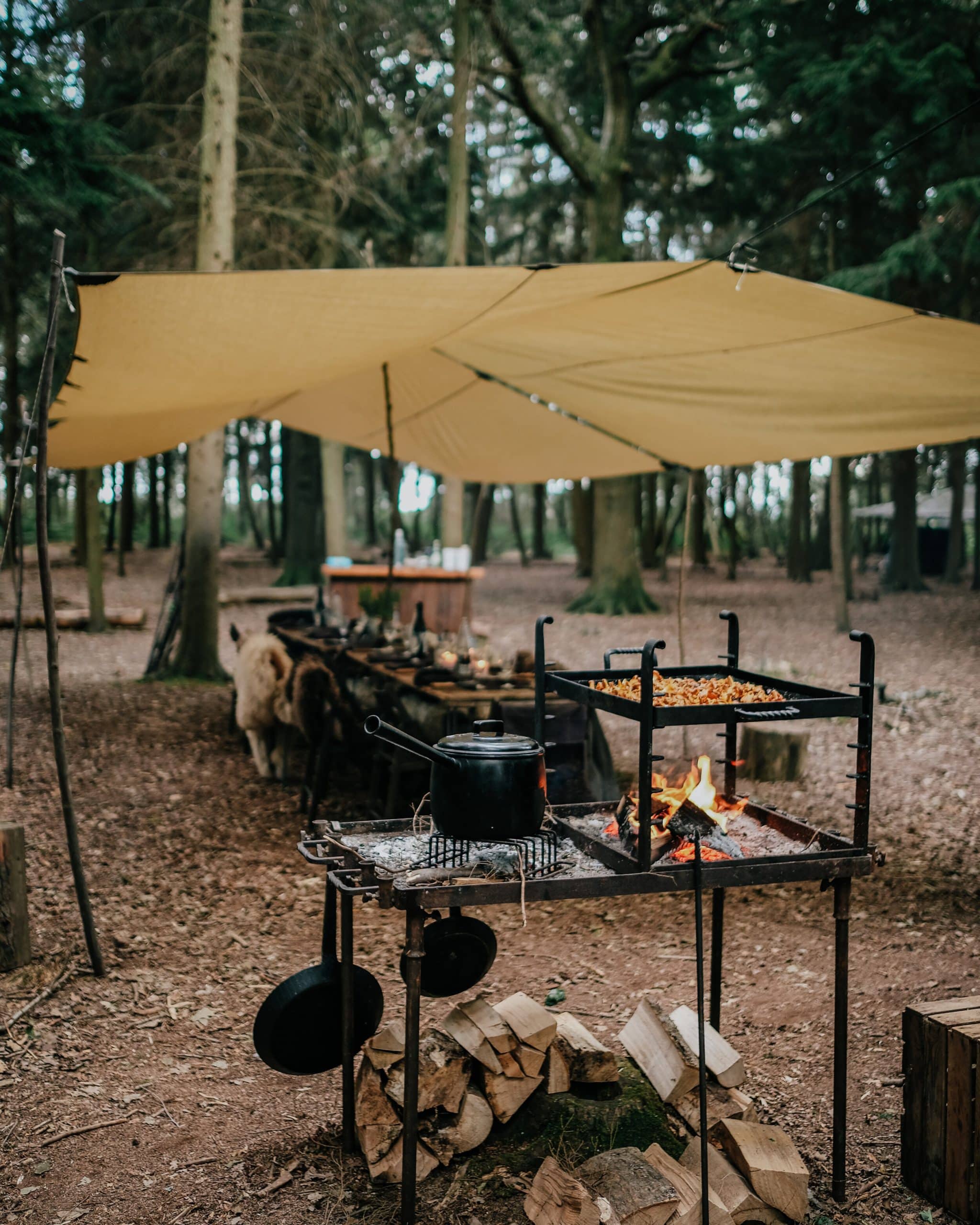
Fire + Wild. Photo: Daisy Wingate-Saul.
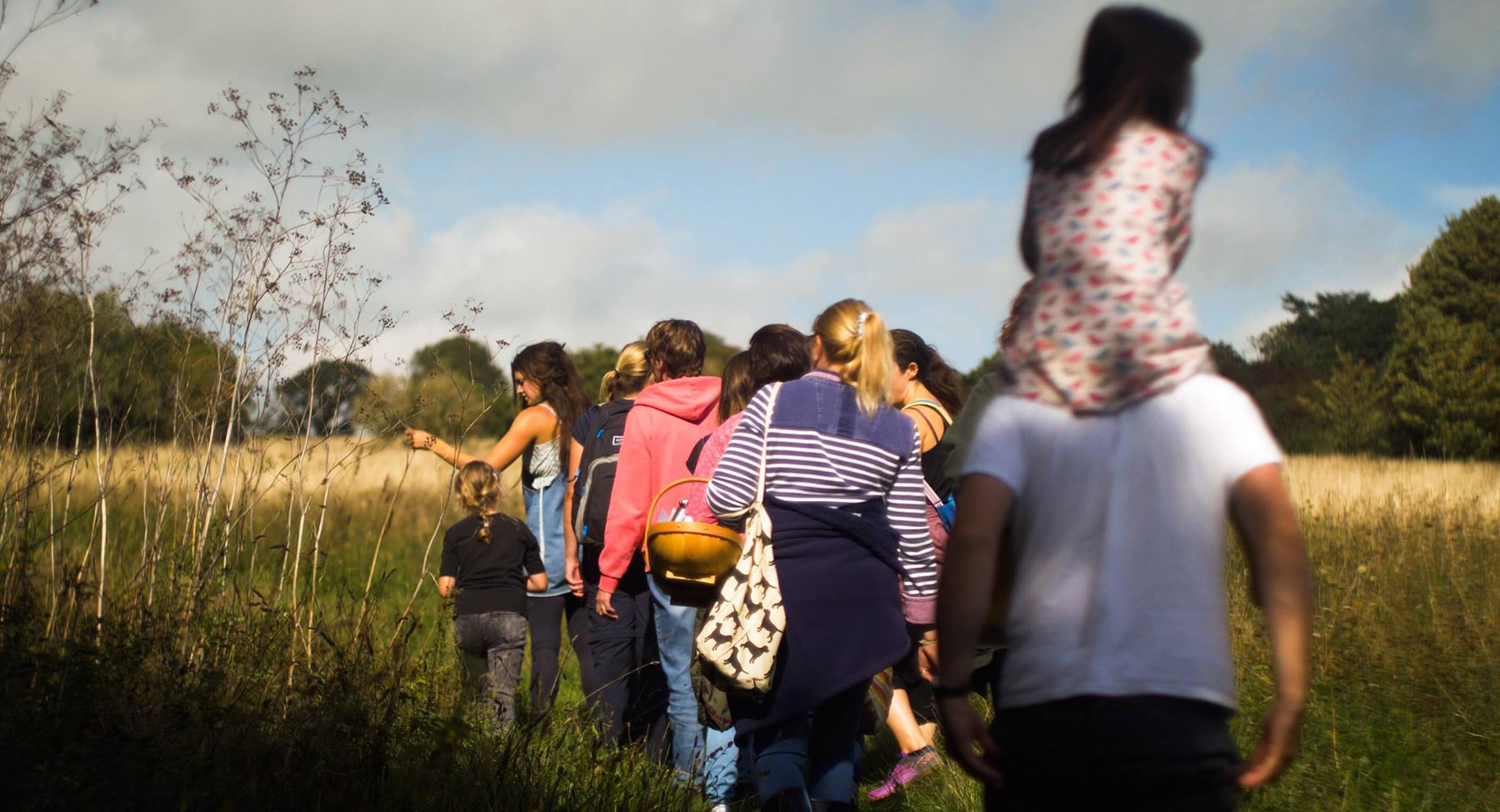
If you know, you know. Get under the skin of Sussex and uncover its lesser-known stories with these extraordinary experiences and places to visit, as recommended by Secret Sussex author Ellie Seymour.
Only a clutch of old cinemas is left in the UK. Few are as beautiful and nostalgic as The Dome Cinema opposite the pier on Worthing’s seafront. Despite falling on hard times over the years, many of the cinema’s original features stayed intact. It’s been restored and looks almost as it did when it first opened in 1900. The auditorium’s ornate original ceiling and the dark-wood ticket booth outside the entrance are its most distinguishing features. domecinema.co.uk
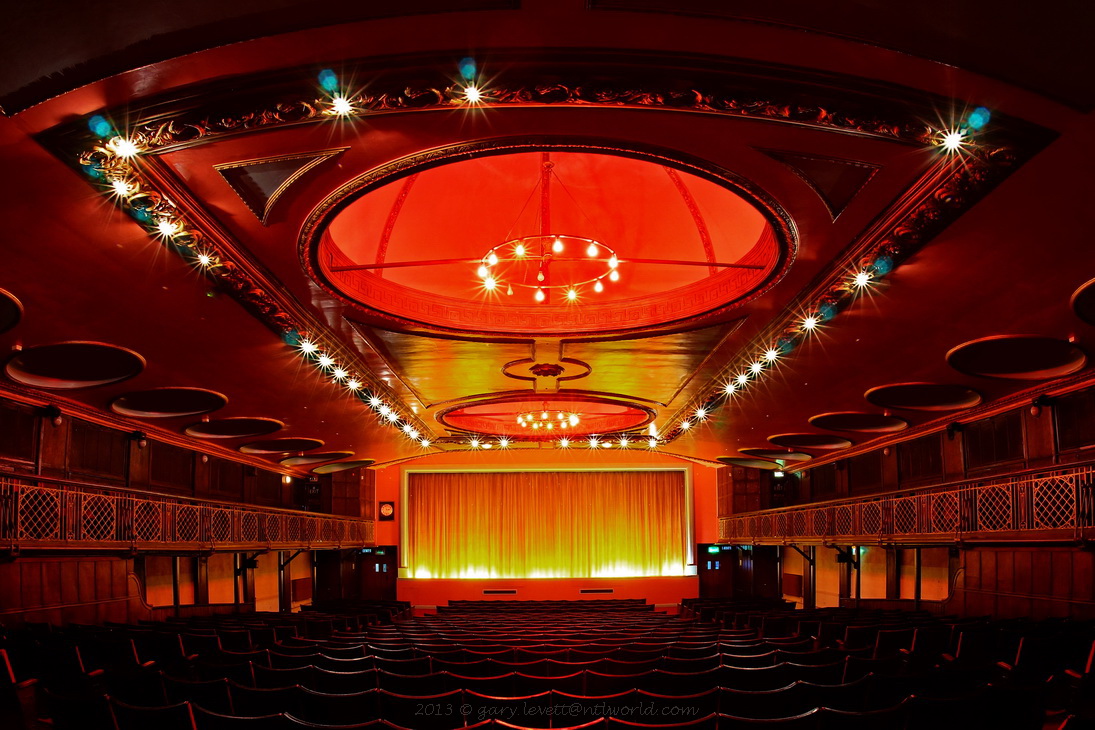
The Dome Cinema, Worthing. Photo: Gary Levett.
Lewes-based dining company, Fire + Wild, specialise in Immersive intimate outdoor feasts inspired by nature and the seasons. Each event takes place in a secret woodland location close to their base – guests don’t find out until the day they arrive at the meeting place. Hyper-seasonal dishes are cooked over fire using wild food, fish and game all sourced locally. Fireandwild.co.uk

Fire + Wild. Photo: Daisy Wingate-Saul.
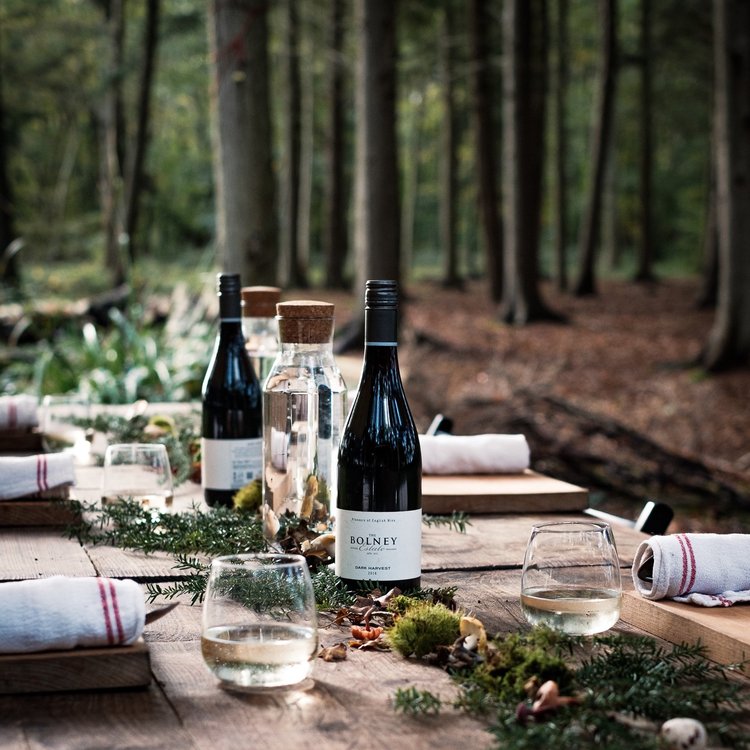
Fire + Wild. Photo: Daisy Wingate-Saul.
Vogue war photographer and surrealist artist, Lee Miller – famed for the picture she took of herself in Hitler’s bathtub – lived at Farleys with her artist husband, Roland Penrose, for 35 years. Most of the house remains original, which you can visit on a tour. It’s full of the couple’s belongings, like artwork by friends who stayed with them, including Pablo Picasso, Man Ray, Max Ernst, Paul Eluard and Joan Miró. All these greats are known to have visited Farleys at some point, which led to its reputation as the “house of the surrealists”. farleyshouseandgallery.co.uk
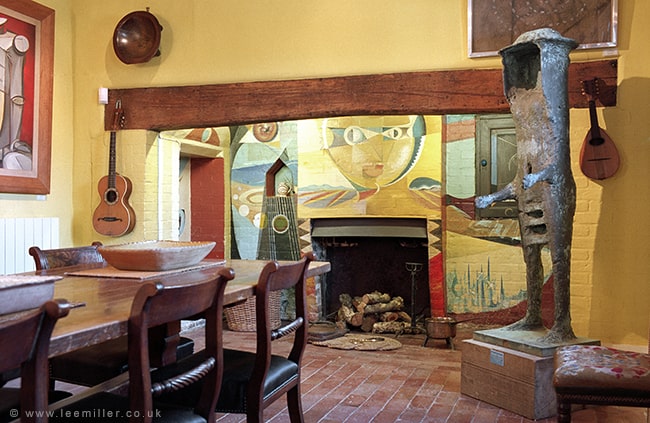
Sussex is home to one of two giant chalk carvings – the other is in Dorset – known as hill figures. The Long Man of Wilmington, or the Wilmington Giant, is carved into the steep slope of Windover Hill facing north. At almost 69 metres high, it’s one of the largest representations of a human figure to be found anywhere in the world. It’s fun to discover on a walk around the area, tying it in with a tour of the Long Man Brewery and a sip of its naturally brewed beer. longmanbrewery.com
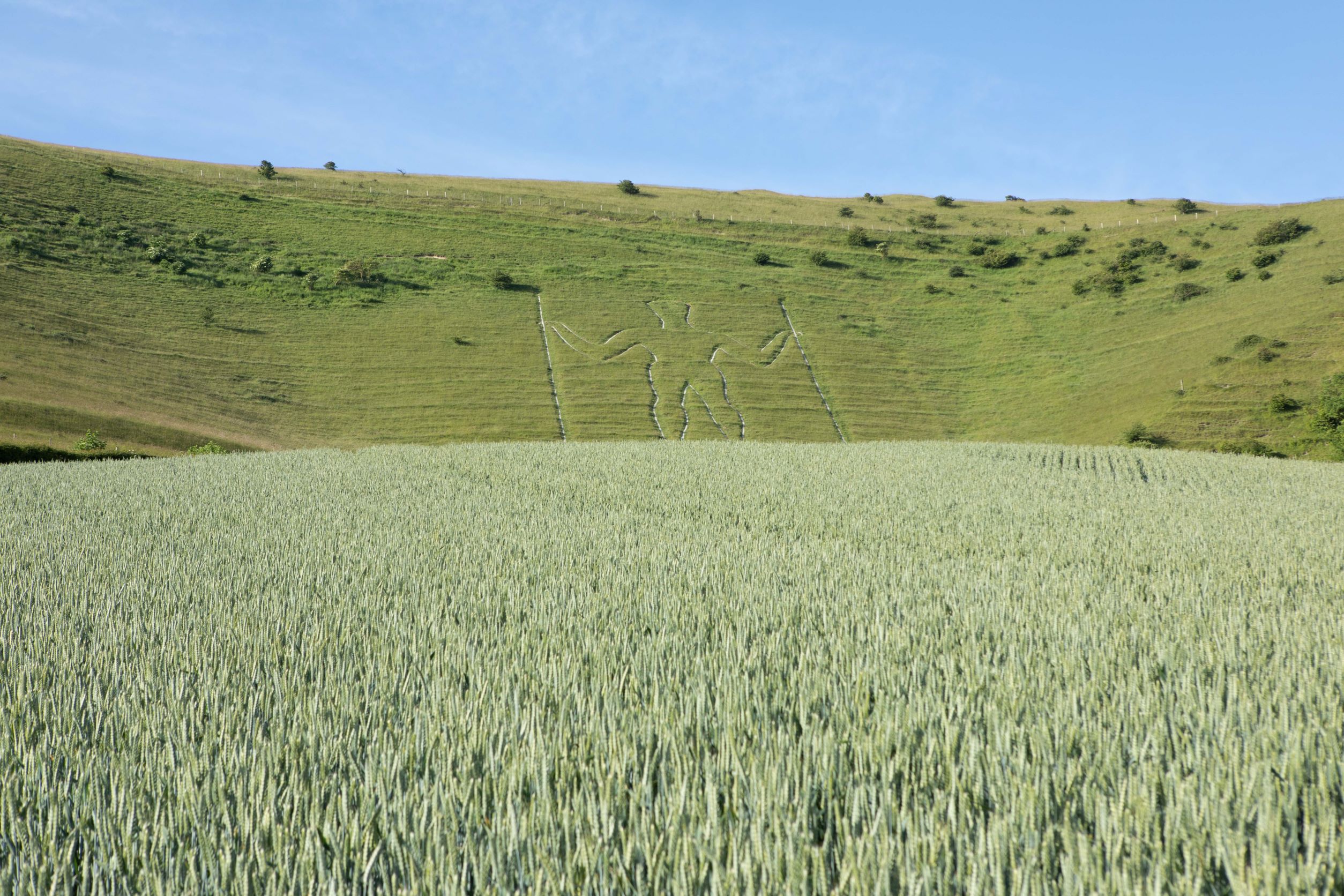
Stepping inside this restored historic home in Hastings’ Old Town feels like you’ve walked into the pages of a Brothers Grimm fairytale book. Food writer and stylist, Alistair Hendy, spent five years giving this unique Tudor house the ‘AG Hendy’ interior design touch to bring out its character. The result is this intriguing time-capsule home which you can visit on a tour at various times of year. It’s particularly atmospheric at Christmas. aghendy.com/house
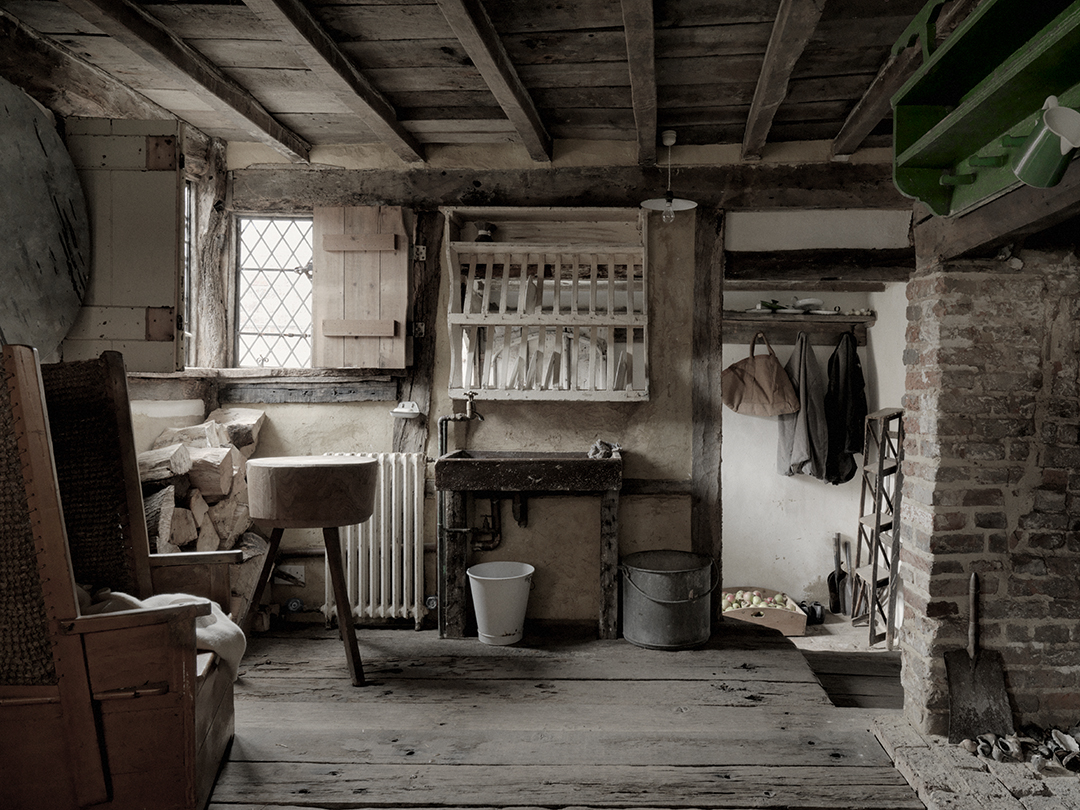
A G Hendy House, Hastings
Artelium is a boutique Sussex winery, with a twist. Alongside vineyard tours and tutored tastings, they host regular contemporary art exhibitions to browse while sipping pinot noir. They’re open every Thursday, Friday and Saturday, for tastings, wines by the glass and small plates, too. Events like raclette and wine nights are always a winner in cooler months. Artelium.com

Artelium. Photo: Will Hearle.
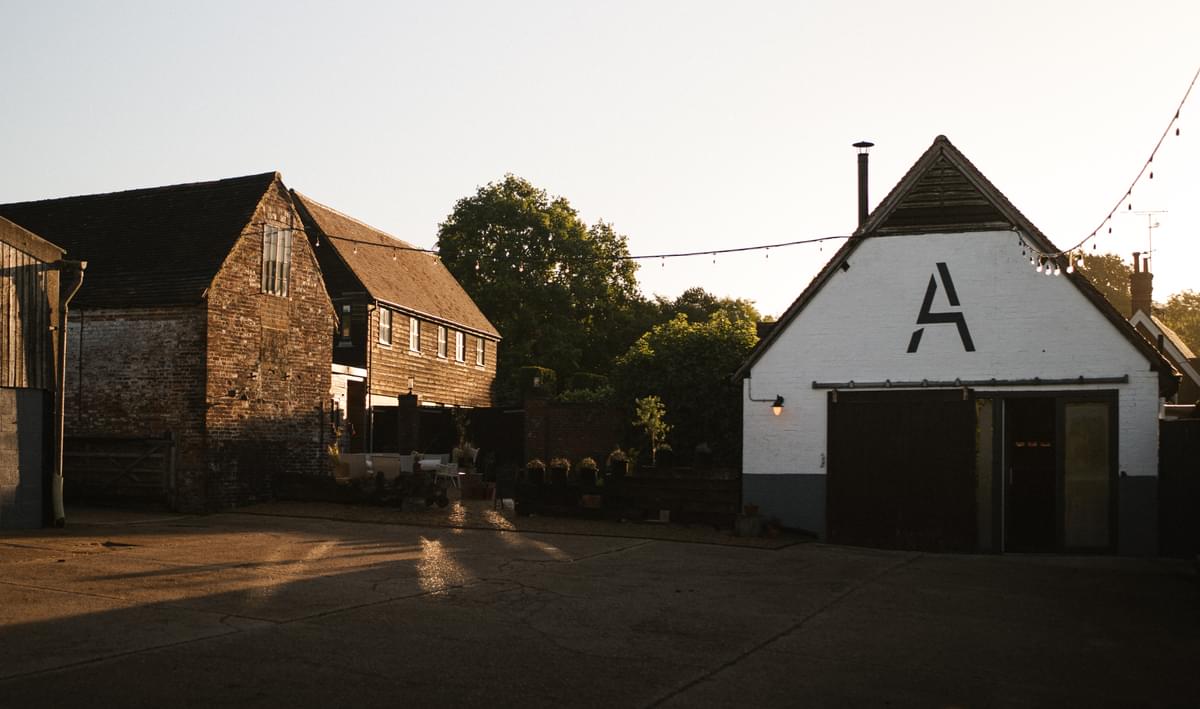
Artelium. Photo: Will Hearle.
Adults and children alike enjoy these guided foraging events and workshops run by Sussex-based forest-school teacher, Fern Freud. Her aim is to educate the public on safely identifying, sustainably gathering, and using the abundance of wild foods growing free on our doorsteps. Her tours are peppered with forgotten stories and tales of folklore. She also shows you how to transform your foraged finds into wildly beautiful edible creations. foragedbyfern.com

Foraged by Fern
This 18-mile designated trail takes in three award-winning art galleries on the Sussex coast: the Towner in Eastbourne, the De La Warr Pavilion in Bexhill and the Hastings Contemporary. You can explore the trail via three means: by bike, on foot or by train. All three routes offer magical sea views and take you through some of the most stunning coastal landscapes in the UK. coastalculturetrail.com
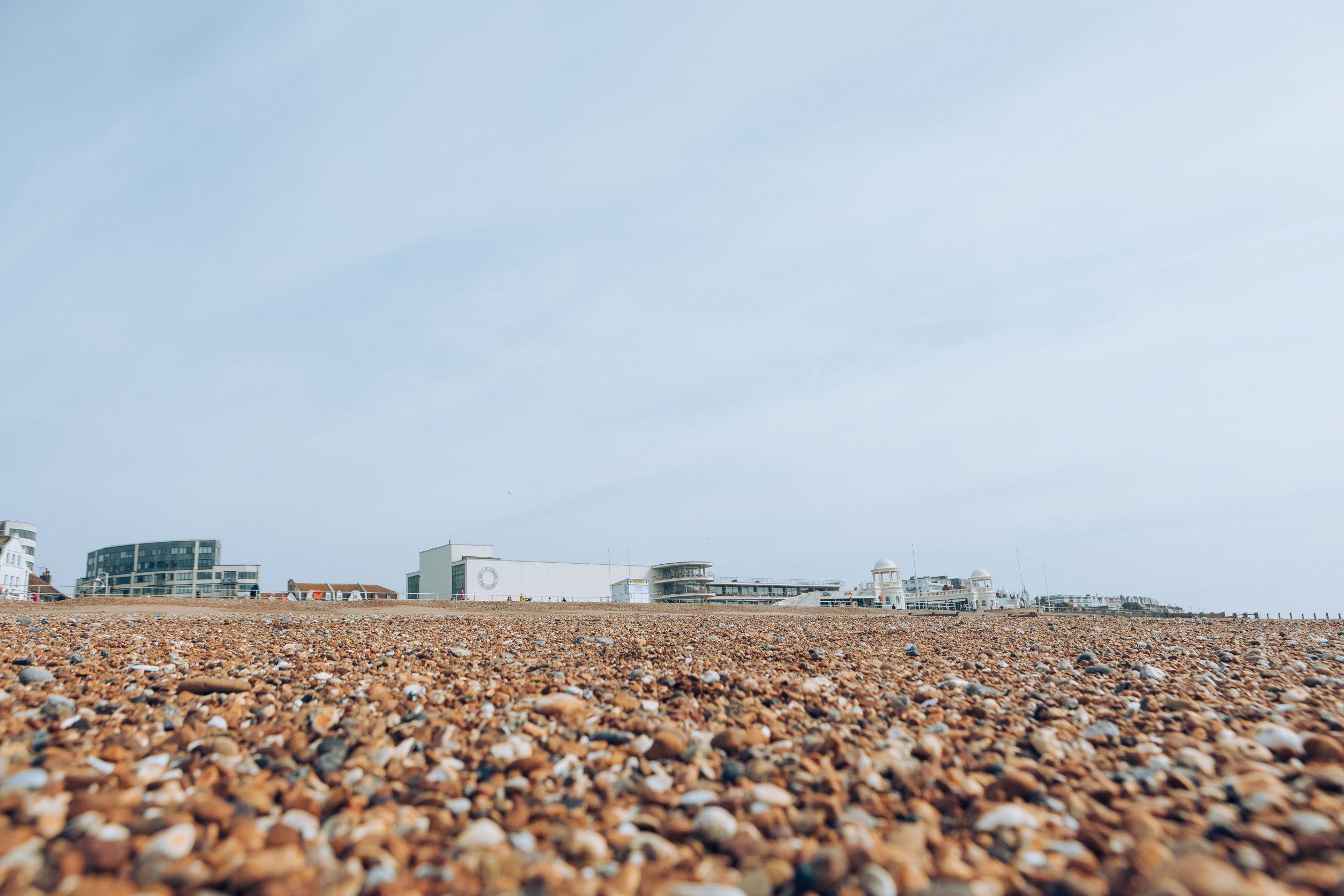
De La Warr Pavilion. Photo: Daniel Alford
Midhurst is home to the charred skeleton of a Tudor mansion house called Cowdray Park, built in 1542, and destroyed in 1793 by a fire. Structural safety issues mean you can only view it from afar. However, there’s an alternative way to get up close to this mystical setting. That’s to sign up for an art class at the Renaissance Art Studio located in the old kitchen tower. It’s the only part of Cowdray Park to avoid fire damage and was refurbished by Viscountess Cowdray in the last decade. The studio’s run by artist-in-residence, David Cranswick, who leads classes exploring techniques and artistic styles developed by the great master painters at work in the 16th and 17th centuries, when Cowdray was in use. cowdray.co.uk/the-tower-room
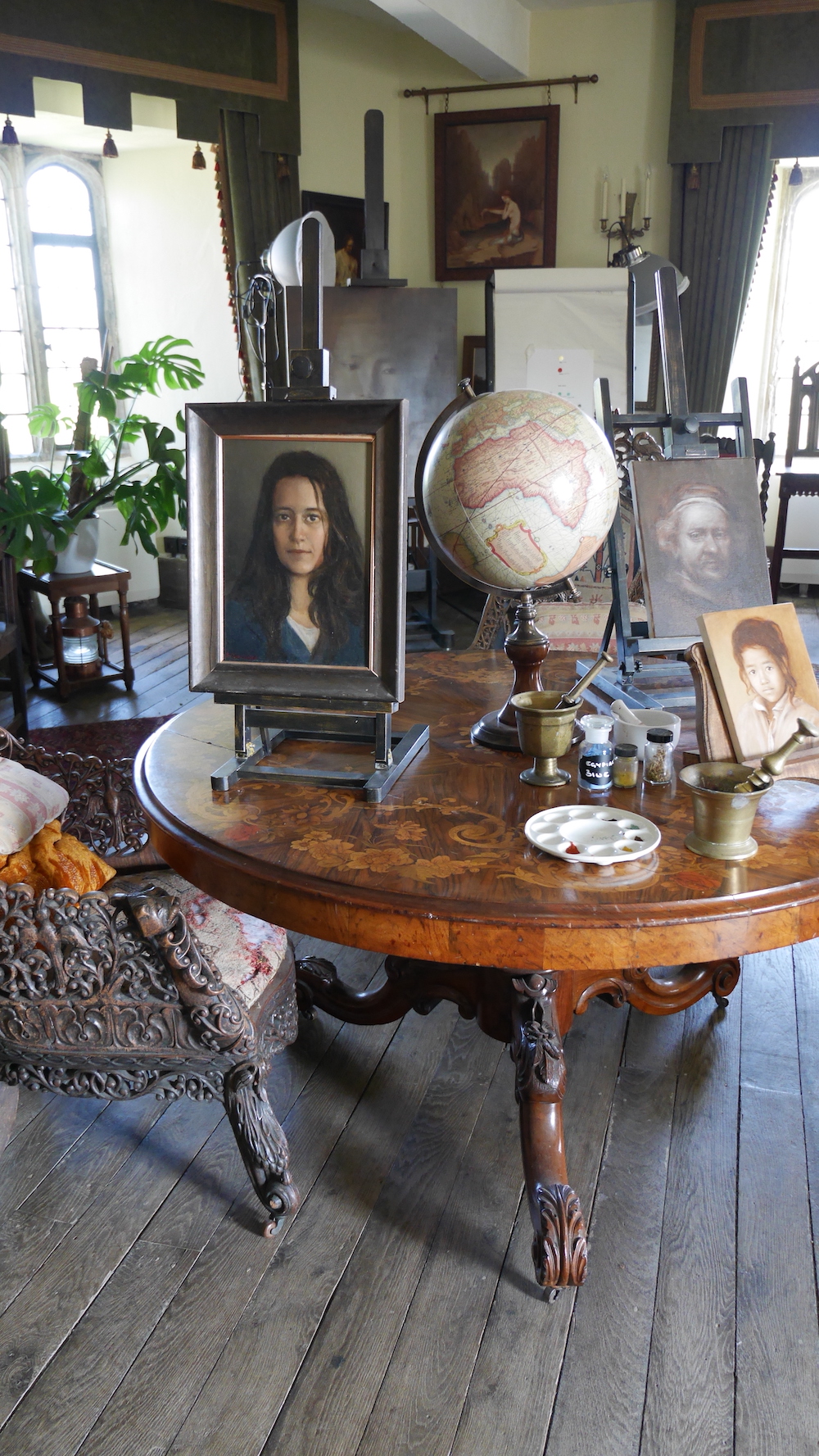
The Tower Room at Cowdray Park.
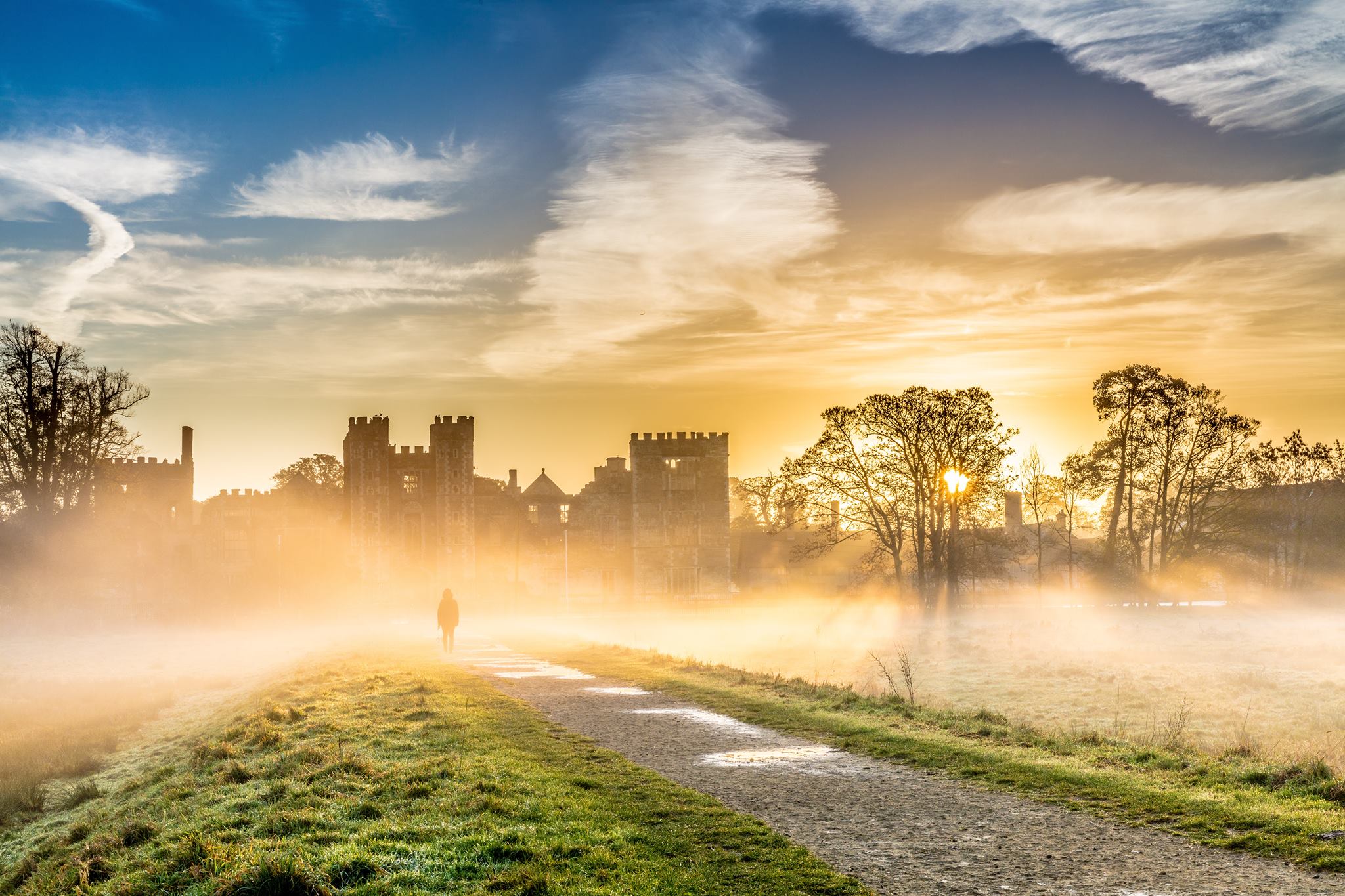
Cowdray Park
West Sussex local, Sada Ray, hosts atmospheric seasonal supper clubs in unique and unusual venues around the county. Previous events include summer suppers in a nursery amid exotic plants or a rustic, inviting barn for autumn. The menus are planned around seasonal ingredients, too, and Sada’s love of foraging. Guests sit at long trestle tables and share food family-style. facebook.com/secretsupperclubsociety/
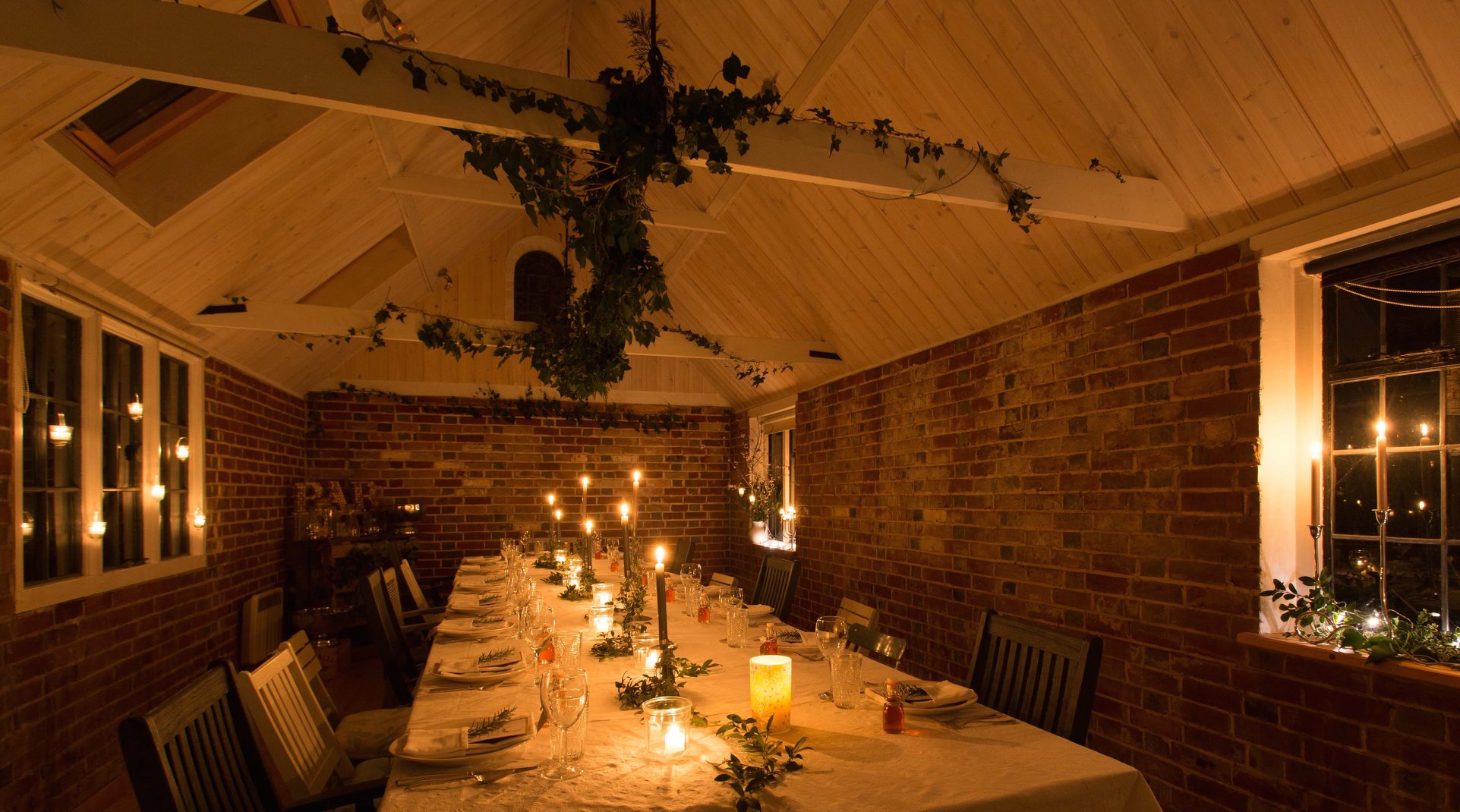
Secret Sussex Supperclub.
Ellie Seymour is based in Brighton and is the author of Secret Sussex, £14.99 (JonGlez publishing). Visit her travel website for more unique travel tips for Sussex and beyond.
Discover more incredible Sussex museums and galleries, the best Sussex vineyards and breathtaking places to get outdoors.

News
Issue #2 of the Sussex Modern Zine is out now. Read it online here, and find out where to pick up a physical copy.

Wine
Set amongst 70 acres of rolling hills and woodlands with far reaching views along the Tillingham River valley.
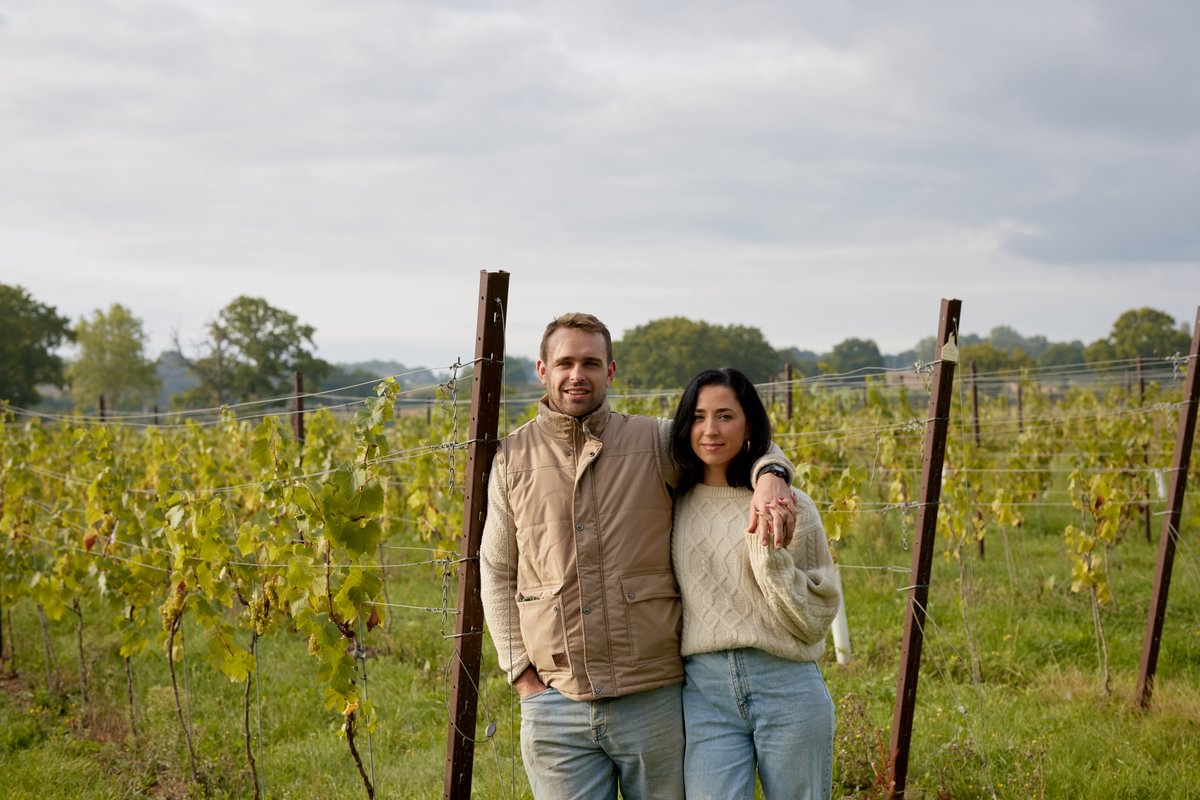
Wine
Joe Beckett and Rebecca Dancer met on the school bus, and now own one of Sussex's most exciting young vineyards. Read their story.
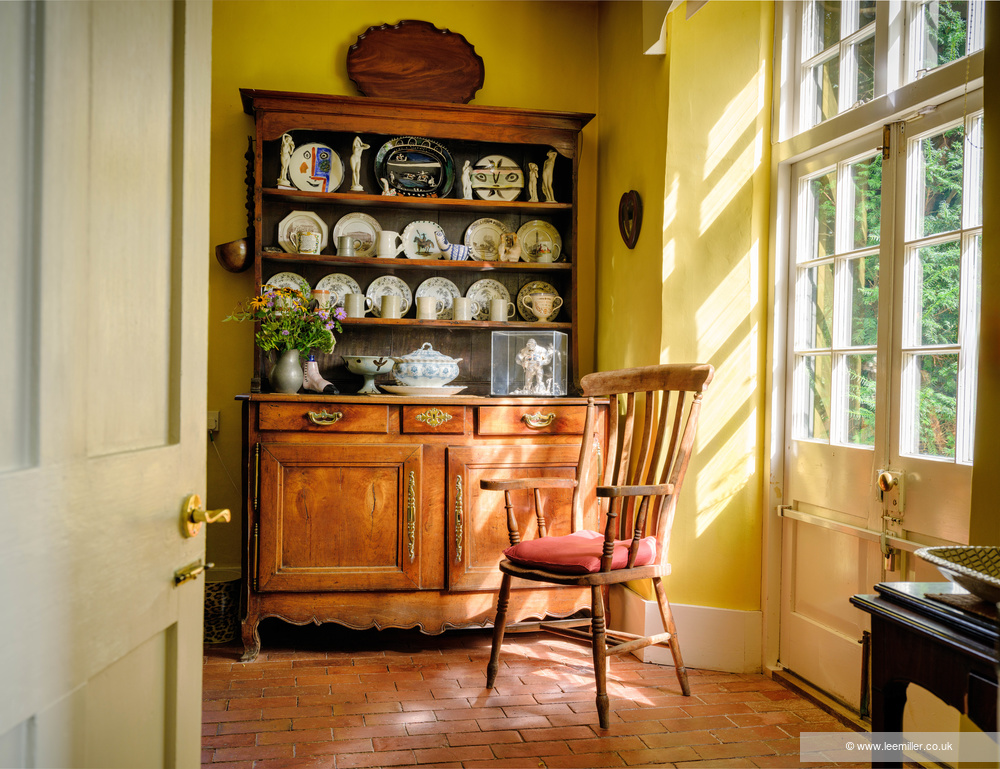
Art
Visit the extraordinary Sussex home of photographer Lee Miller and Surrealist artist Roland Penrose, whose guests included Picasso, Man Ray and Miró.
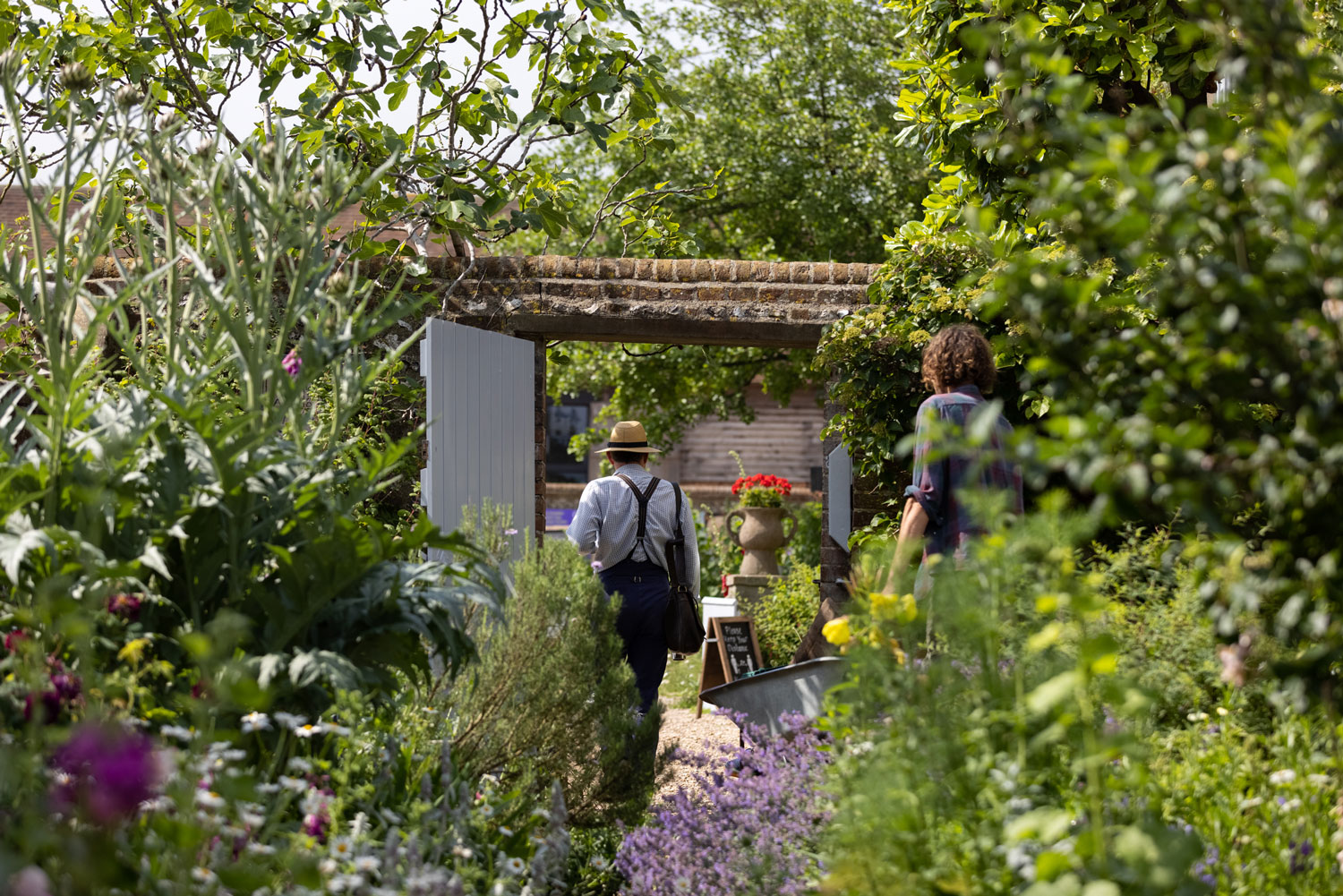
Story | Art | Landscape | Wine
Just over one hundred years ago a group of artists, writers and intellectuals changed how we think of a special corner of Sussex – and a lot else besides.
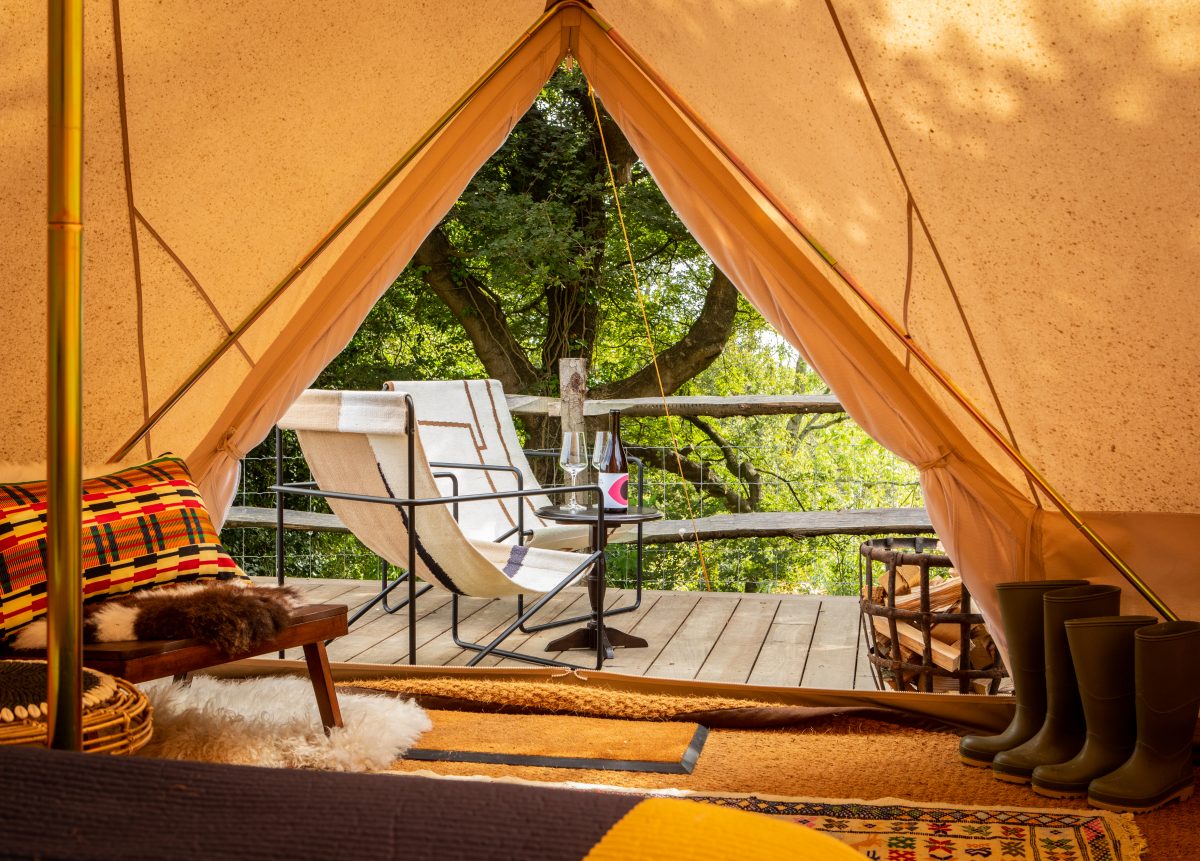
Wine | Overnight | Accommodation | Landscape
The vineyard vacay is on the rise. A growing number of Sussex vineyards also offer overnight accommodation for guests who’d prefer to linger on, in a range of accommodation styles ranging from tipis to luxurious lodges and even a hobbit house.

News | Art
Big news for Sussex, as Eastbourne’s iconic Towner gallery is confirmed to host next year’s Turner Prize. The prize forms part of ‘Towner 100’ – the gallery’s year-long centenary celebration of arts and culture across Eastbourne, and is set to bring transformative cultural and social experiences for visitors and residents of this popular seaside destination.
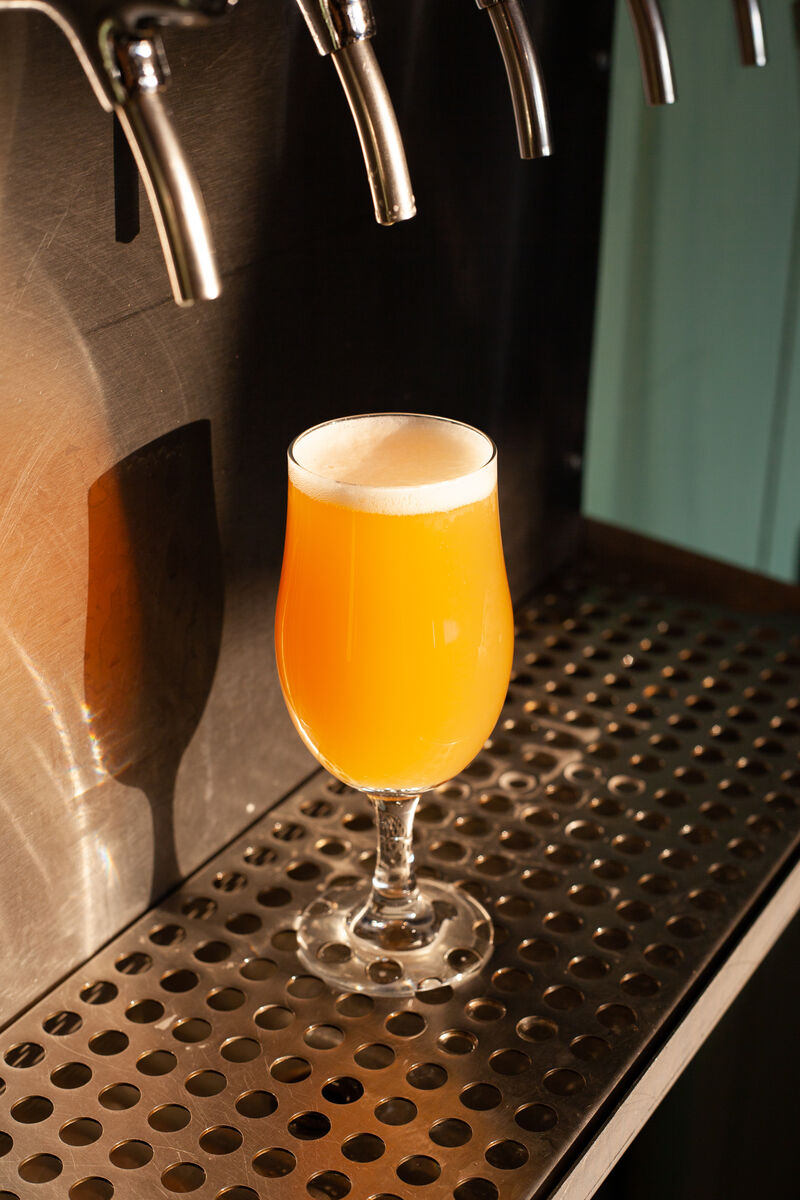
Beer
Here’s a guide to some of the top craft beer taprooms in Sussex, including Beak Brewery, 360, Cloak & Dagger and more.